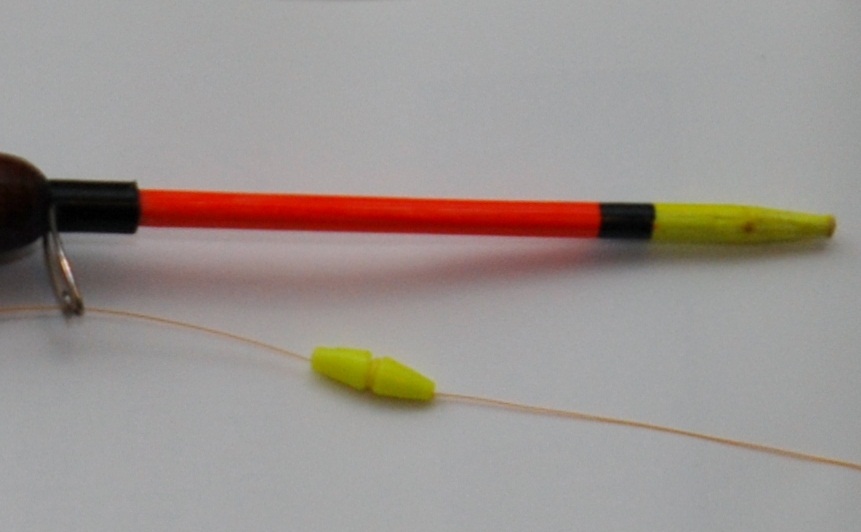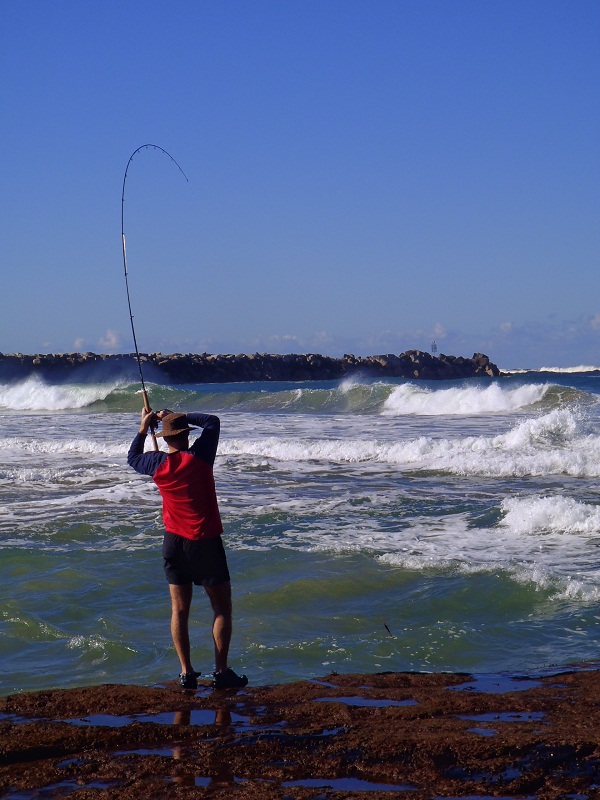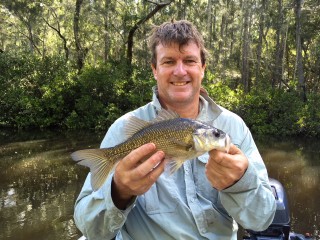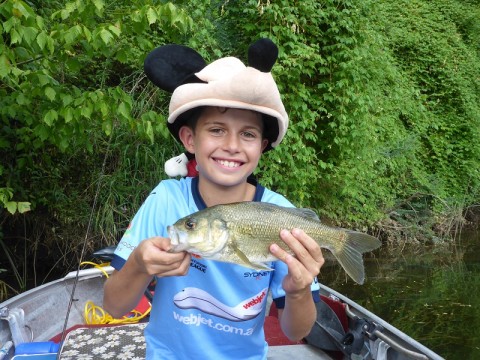Luderick fishing is simple provided you observe a few details closely. One of these details is the use of an appropriate float. A float is required to suspend a bait at the depth where the fish are feeding, it then provides a bite indicator and finally it allows time for the bait to be swallowed and for a hook to be set.

Floats come in all sizes and shapes, some people even like to use small bobby corks and eggbeaters to target luderick. I prefer to use a centrepin reel for reasons spelt out in this article. When you use a centrepin it's only natural that you use a long stemmed float. Apart from anything else, a stemmed float gives you some weight to cast when using the centrepin. Stemmed floats can also give you stability in rough water conditions and windy conditions, they drift nicely in a current and can be very visible in all conditions.
If you are going to attempt to fish for luderick (or blackfish if you prefer), then you are going to need to use an appropriate rod. This article is an attempt to list blackfish rods and rough prices as of January 2012 in one place. But first, what makes a rod appropriate for blackfish.



